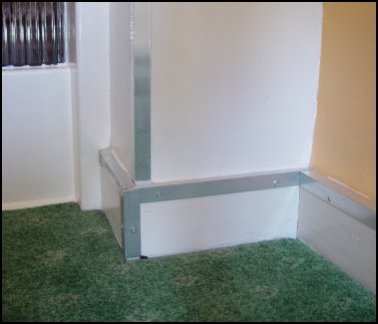
| Movies | Chinchillas | Degus | Persian Jirds | Baby Jirds | Gerbils | Cages | Guinea Pigs | Search |
| eRodent > Chinchillas > Rodents and Chewing |
| Feeding for Tooth Health | Toys for Tooth Health | Destruction Control |
Feeding for Tooth Health
As already said, rodents need to chew continually to keep their teeth in good condition. Some are more inclined to gnaw than others. Gerbils and Jirds are very destructive followed by degus and chinchillas, whereas guinea pigs tend to chew toys a lot less but browse continually on fibrous food such as grass and hay.
Toys for Tooth Health
Degus, Chinchillas, Gerbils and Jirds should be provided with chew toys. There are loads of commercial chew toys available at pet shops try the Environment Enrichment and Pet Shopping pages for more ideas. They should always have something made from wood, or a chew stone such as pumice, in their cage.Destruction Control
There is no doubt that rodents are destructive. For those that spend most of their time in their cage such as gerbils and jirds this tends to just mean that they need a tank or mesh cage and that toys should not be made out of plastic. Although I have never experienced problems with chewed plastic and they usually don't swallow it there is a theoretical risk of gut problems so are probably best avoided. Wheels used to be the biggest problem but the Wheels page has sources of metal ones.


| Back to Main Page |